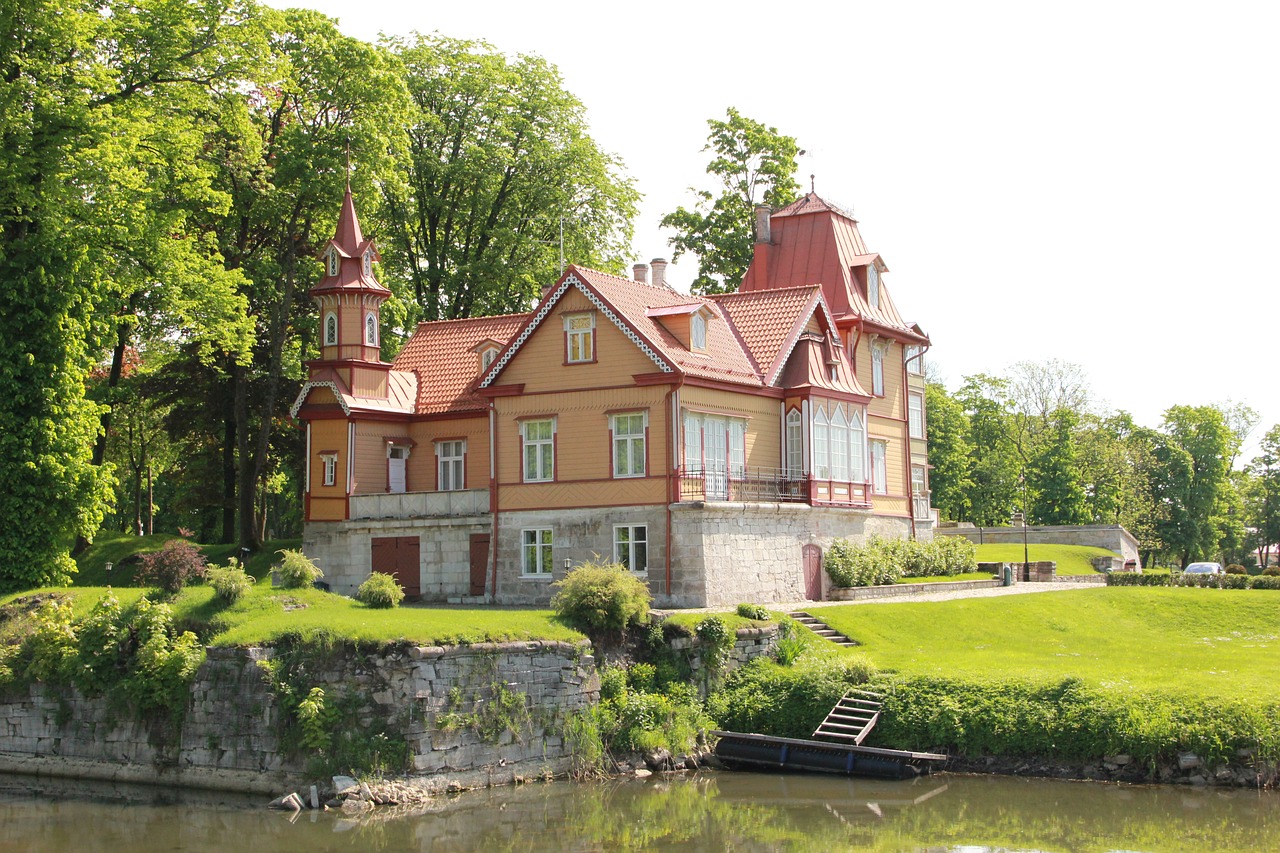Tips for Designing a Low-Maintenance Landscape: Beauty Without the Work
When considering your landscape design, it’s important to start by evaluating the layout of your space. Take note of any existing features such as trees, structures, or natural slopes that could influence the design. These elements can serve as focal points or obstacles that need to be incorporated into the overall plan.
Next, think about how you want to use your outdoor space. Do you envision a serene garden for relaxation, a lively area for entertaining, or a functional space for activities? Determining the primary purpose of your landscape will help guide decisions on features such as seating areas, plantings, and pathways. By carefully planning and considering these aspects, you can create a landscape design that not only looks visually appealing but also serves your practical needs.
Choosing the Right Plants
Selecting the appropriate plants for your landscape is crucial in ensuring a visually appealing and flourishing outdoor space. Before making any decisions, consider the climate and soil conditions unique to your region. Certain plants thrive in specific environments, so it’s essential to choose varieties that will adapt well to your local weather and soil type.
Additionally, think about the amount of sunlight and water the plants will receive in their designated location. Some plants require full sun, while others prefer partial shade. Understanding the sunlight requirements of each plant will help you create a balanced and harmonious landscape design. Similarly, be mindful of the watering needs of different plant species to maintain a healthy and sustainable garden.
How do I start planning my landscape design?
To start planning your landscape design, consider factors such as your yard’s size and layout, the amount of sunlight it receives, and your personal preferences for color and style. Make a list of plants that will thrive in your specific conditions.
Why is it important to choose the right plants for my yard?
Choosing the right plants for your yard is important because it ensures that they will thrive in their environment. By selecting plants that are well-suited to your yard’s conditions, you can minimize maintenance and help your garden flourish.
How can I determine which plants are best for my yard?
Researching the specific needs of different plants, such as sunlight, water, and soil requirements, can help you determine which plants are best for your yard. Additionally, consulting with a local nursery or landscaping professional can provide valuable insight.
What are some common mistakes to avoid when choosing plants for my yard?
Some common mistakes to avoid when choosing plants for your yard include selecting plants that are not well-suited to your yard’s conditions, over- or under-watering, and failing to consider the mature size of plants.
How can I create a cohesive and visually appealing landscape design with my plant choices?
To create a cohesive and visually appealing landscape design, consider factors such as color, texture, and form when selecting plants. Aim for a balance of different plant types and sizes to create a harmonious overall look.





